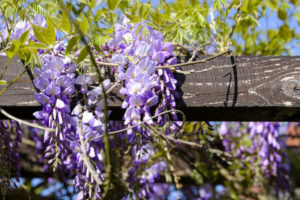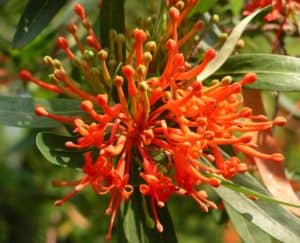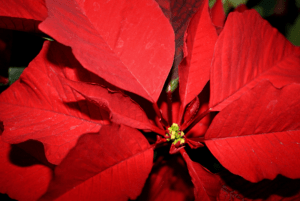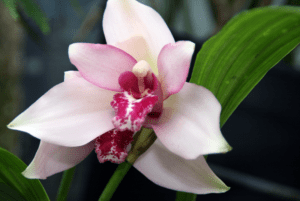
Honeysuckle Facts Related Articles Honeysuckle Physical Description Impressively, the majority of the known types of Honeysuckle evolved as comparatively strong twining climbers. On all of these, the leaves grow opposite, and develop as simple ovals. This visually appealing foliage also averages about 4.5 in (10 cm) in length. Although most evolved as deciduous, some develop […]Read More





















